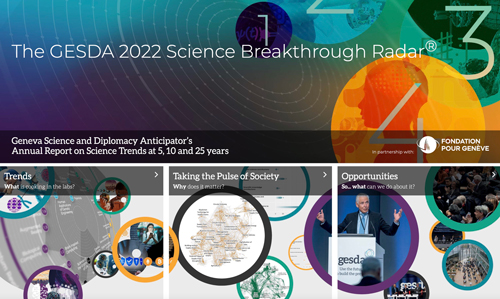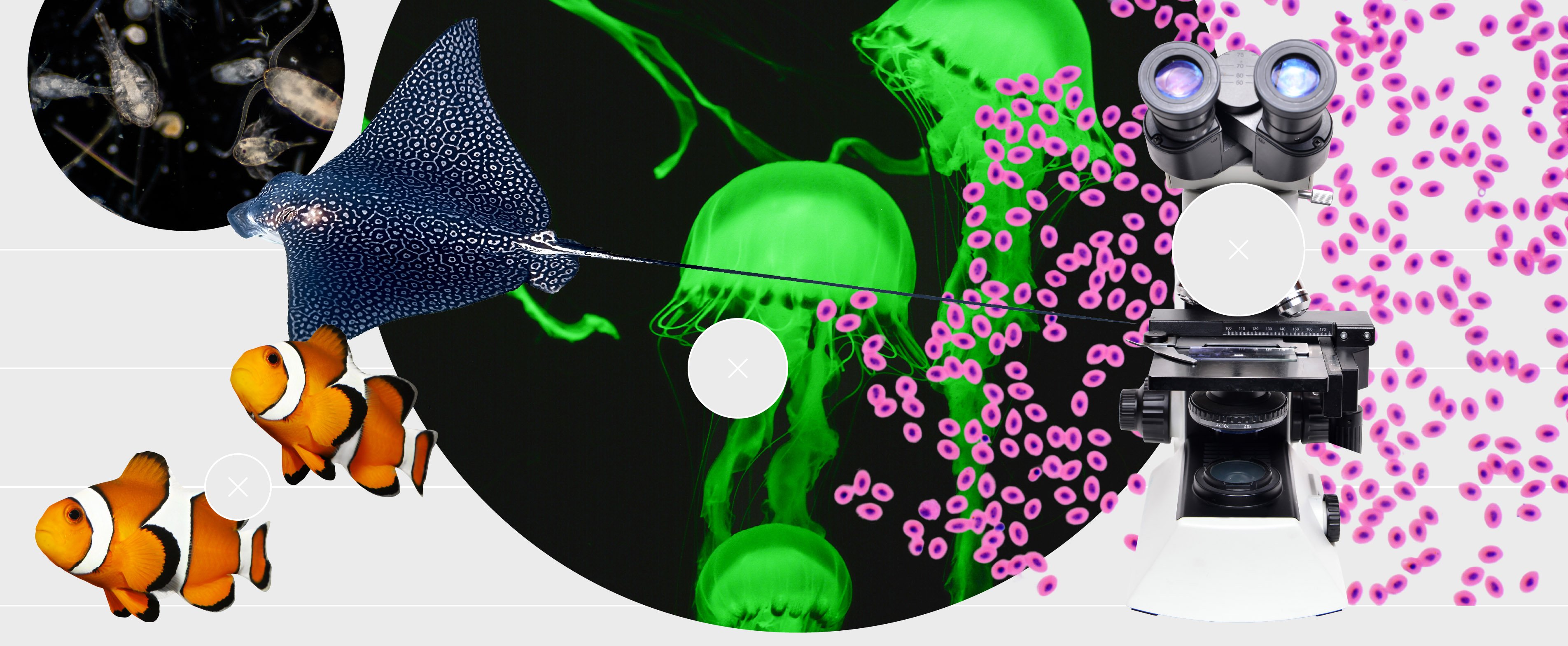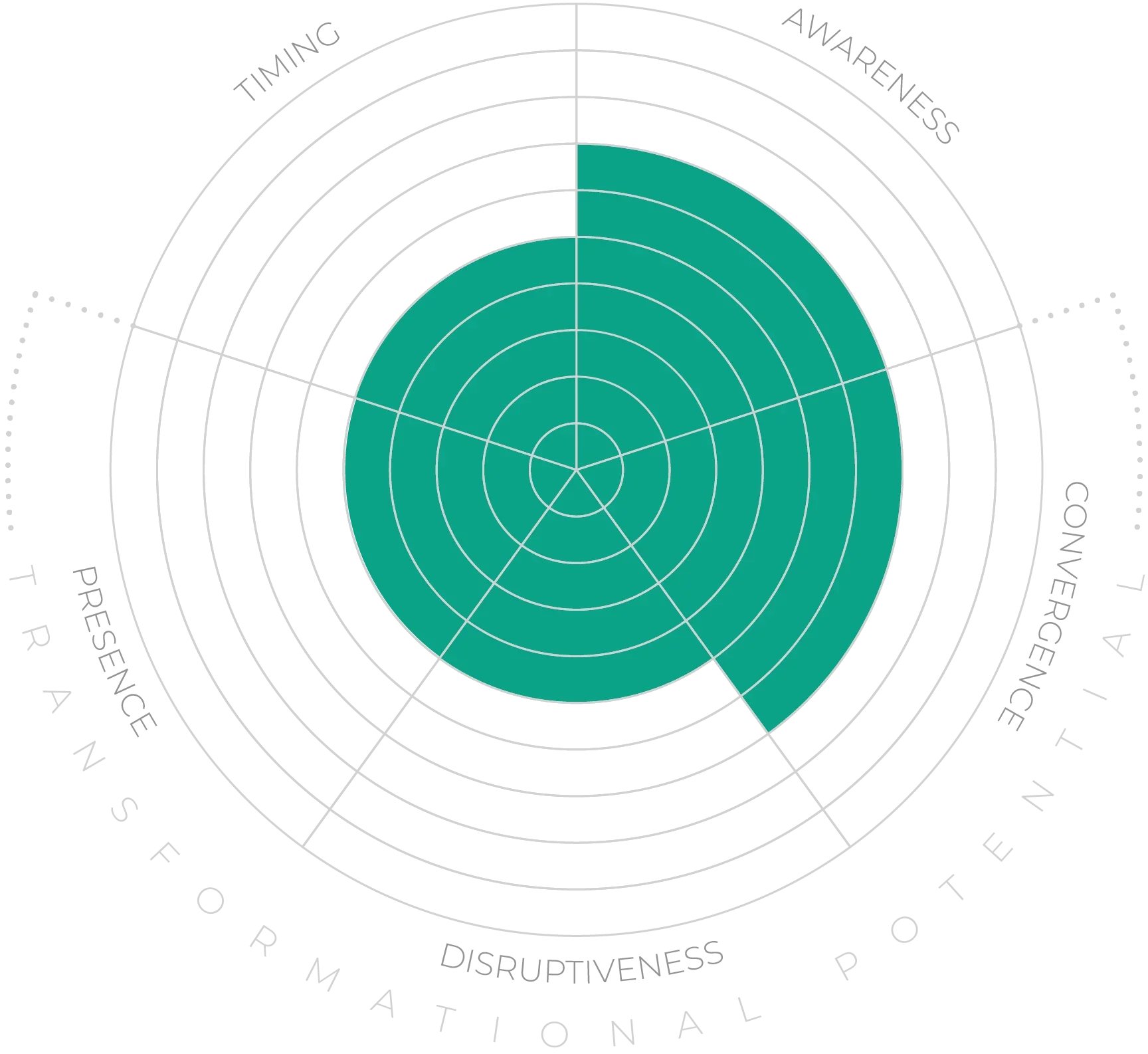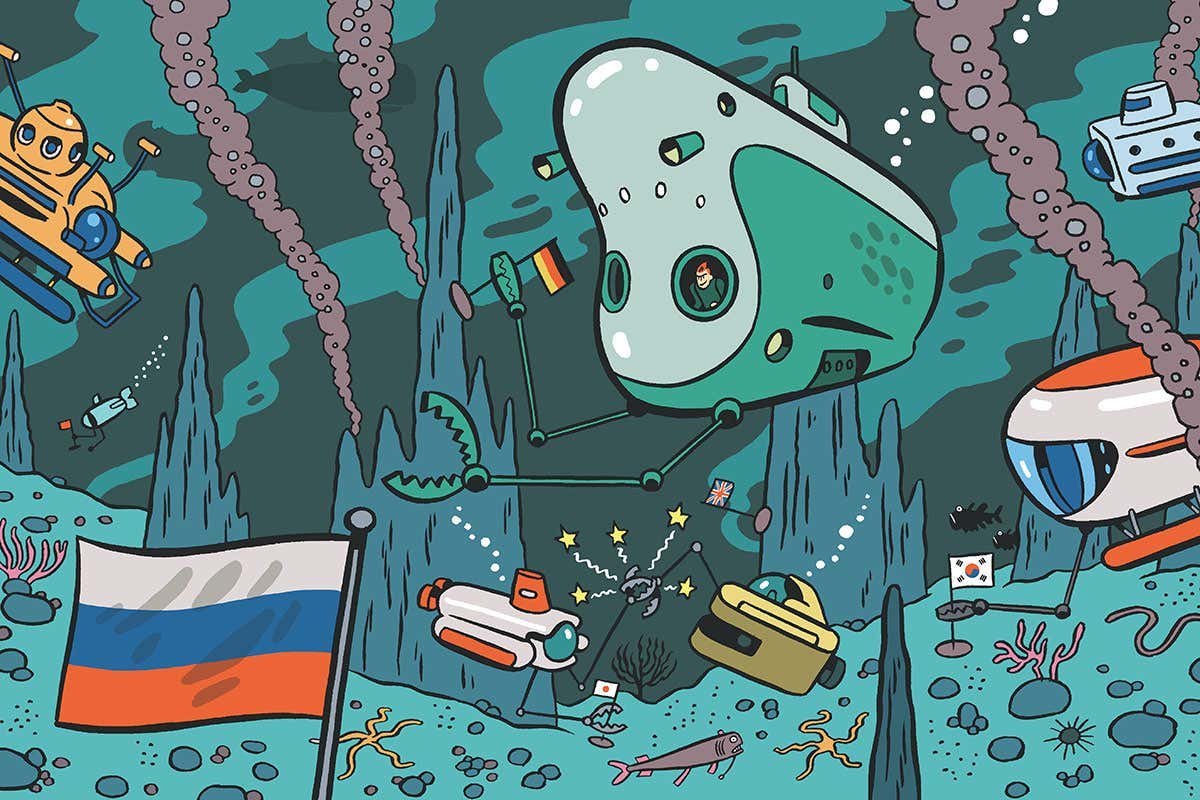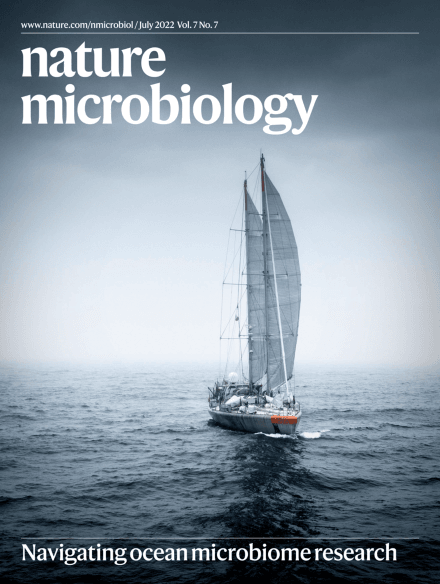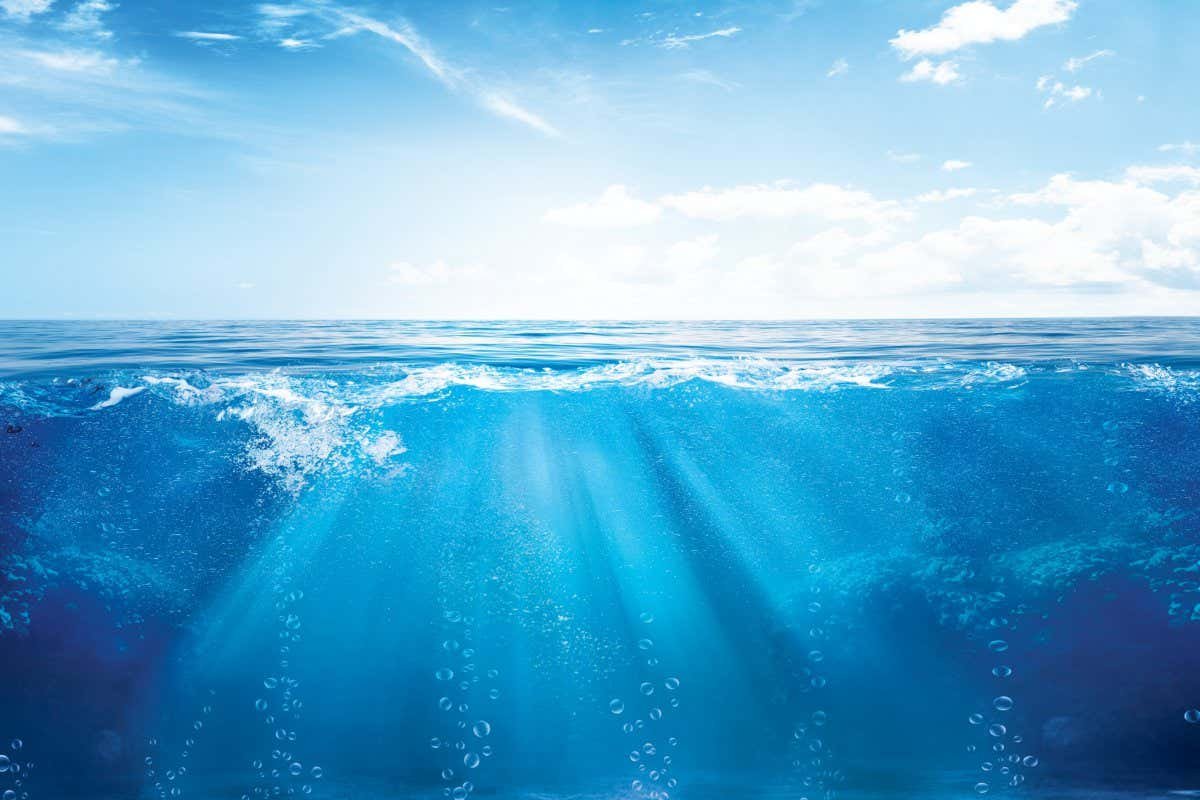Marine biodiversity is an enormous and largely untapped trove of biological riches. This is particularly true with respect to drug discovery for the pharmaceutical industry; natural products from marine organisms enjoy remarkable success rates in drug development compared with those developed from terrestrial sources.8 In a world embracing biotech, the ocean has also become a prime prospecting ground for novel enzymes for industrial processes, biomaterials, chemical compounds and much more.9,10 One “poster child” of marine bioprospecting is green fluorescent protein — a source of jellyfish bioluminescence. Its discovery resulted in a Nobel Prize, and has found a wide range of biomedical applications and even been used to identify levels of environmental toxicity. Novel antibiotics are also being sought amid the ocean’s biodiversity, as are naturally occurring polymers, which can detoxify pollutants including heavy metals.
In terms of marine genetic information alone, our data banks are growing exponentially as we explore the “ocean genome”. The challenge is increasingly to decide the best way to integrate, share and utilise the data gathered from marine genetic resources (MGR).
